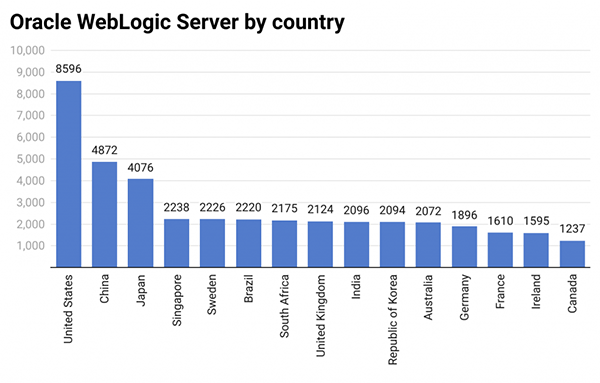
User Experience or UX plays an important role in the success of any product or service because it is the first thing that any person sees, and that first impression makes a huge difference.
I’m a customer myself, and I’ll be impressed and probably more eager to buy or avail something from someone who can provide me with a great user experience. But why is UX so important and how it could be improved?
John Maeda, former precedent of Rhode Island School of Design, once said, “Design used to be the seasoning you’d sprinkle on for taste; now it’s the flour you need at the start of the recipe.” It starts with a design, and if your first step isn’t good, how would you succeed?
Oracle Corporation has released Oracle Redwood, a better and enhanced way of creating a top-notch UX interface but migrating to this platform comes with some challenges. But, you don’t have to worry because I’m here to navigate Oracle Redwood migrating challenges. So if you want to, create a great UX and keep reading.
The Redwood platform accepts a client-centric model with an uncluttered design and enhanced usability. Organizations carrying out the upgrade via Oracle Redwood Migration can access features like higher-fidelity analytics, enhanced integration options, and an individualized design.
The platform’s underlying structure is built for a modern and scalable design to offer solutions to various organizational uses. You have to have a clear picture of your needs, only then this [platform would be able to give you the best of the best.
Sure it has great recommendations too, but your needs are a different case.

An effective Oracle Redwood Migration starts with a non-ambiguous plan. This encompasses understanding the current system’s architecture potential concerns and identifying clear goals.
Organizations should also do a detailed evaluation of their existing data and applications for compatibility with the Redwood environment. Having a plan also involves thinking about figuring out the resources needed, timelines required, and how to address risks.
Once you have these things figured out, it will become a smooth process for you to transition to Oracle Redwood. But not considering these things can create major chaos and delay the whole process.
The execution phase of Oracle Redwood Migration involves several important tasks. Most critical is the data transfer, which needs to be taken care of efficiently to ensure neither data loss nor corruption takes place.
During this stage of the migration, data integrity should still be adhered to closely, and an immediate testing effort by quality assurance staff should ascertain everything works in the new environment.
Testing and quality assurance are important to make sure that the Redwood platform continues to meet the organizational requirements. It is a safe platform so you don’t have to worry about anything else, but the execution process is crucial, so try to avoid making any mistakes and take your time, don’t rush.
Organizations often encounter various challenges during the Oracle Redwood Migration. Common issues include data compatibility problems, integration difficulties with existing systems, and user adaptation to the new interface.
Addressing these challenges requires a proactive approach, including thorough testing, user training, and ongoing support. By anticipating potential problems and having solutions in place, organizations can reduce the impact of these challenges on the migration process.
Things won’t get done instantly because these are time-consuming processes to address all the problems and cater to the needs only then you’ll be able to overcome these common migration challenges.
Upon completion of the migration, it is of the utmost importance to shift the focus to optimization and support. This encompasses monitoring the performance of the system, resolving any post-migration challenges that arise, and optimizing efficiencies systematically.
In this graph, you can see what country relies on Oracle the most indicating that the service and trust here is A-grade.

Ongoing support ensures that users are comfortable with the platform and that any issues are resolved promptly. Periodic system updates and user feedback is vital for ongoing enhancement of the system and improved user experience.
DID YOU KNOW?
The total assets of Oracle Corporation are valued at $141 billion.
Oracle Redwood Migration is a vital process for IT infrastructure modernization, and Opkey is here to help you with that. Opkey is the number one app on the Oracle Cloud Marketplace and an officially certified Oracle quality assurance partner, providing AI-based No-Code continuous test automation solutions.
It improves usability, allows the detection of problems at an early stage, and makes the design aesthetically pleasing throughout all devices. Opkey speeds up the release cycle through continuous testing and Quality Lifecycle Management (QLM), reducing the need for post-deployment patches.
With Opkey, you can easily transition to Oracle Redwood and guarantee that you will not compromise your operations.
